| Your browser is not supported. | ||
|
Please browse our site using any of the following options:
| ||
Sun Smart At The Snow - Skin Protection On The Slopes
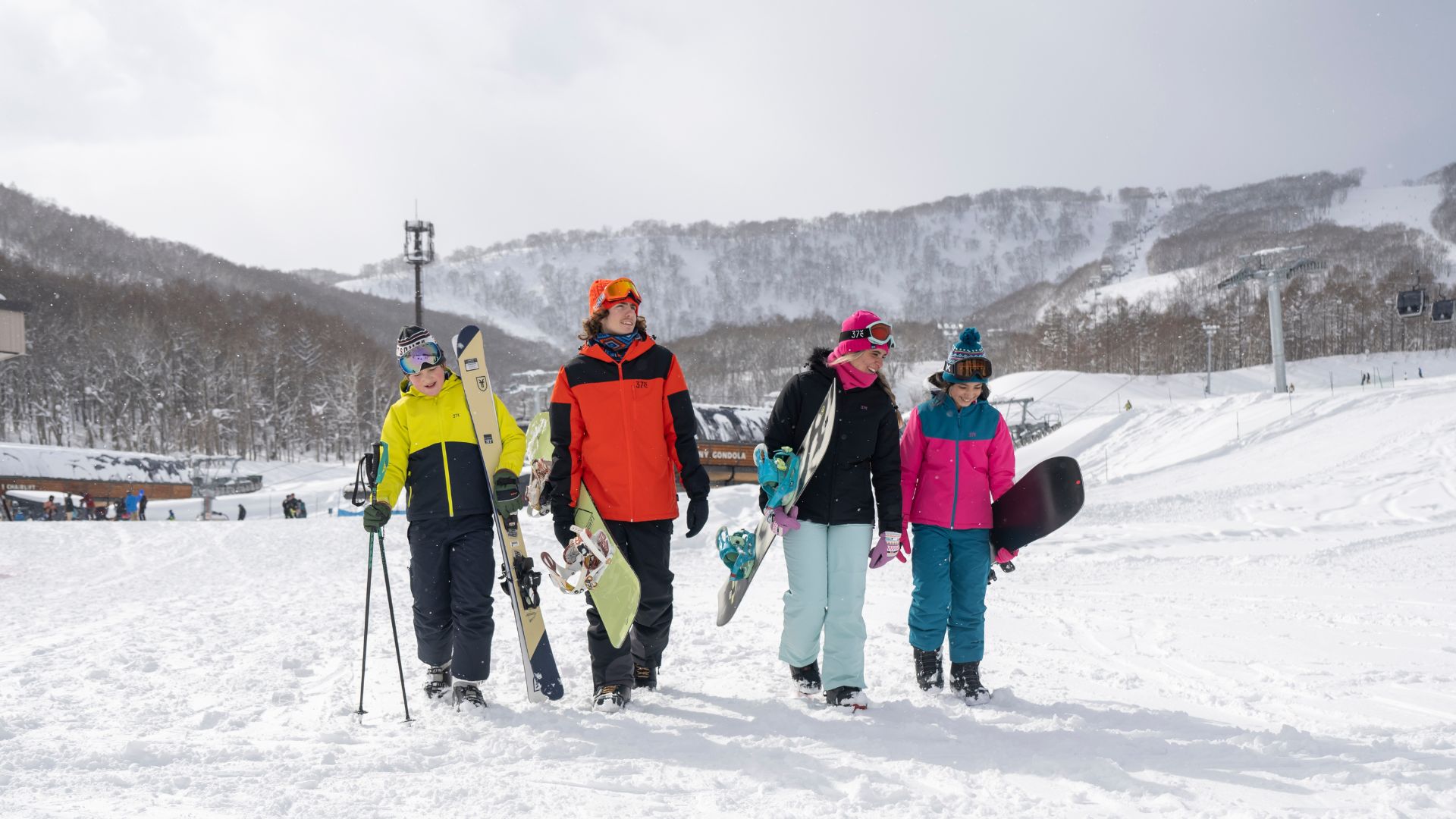
Did you know that getting sunburnt at the snow is just as likely as at the beach? Most people only associate sunburn with summer and the warmer months, but ultraviolet rays can be just as strong in the cold winter snow. And the last thing you will want is for you or your family and friends to get sunburnt and ruin a perfectly good trip to the snow!
When you go to the snow, you can be exposed to the ultraviolet rays directly from the sun and then again as it is reflecting off the snow. Therefore, it is so important to make sure you prepare for the harsh UV rays before hitting the slopes. To make sure that your next trip to the snow is as fun and as safe as possible, we have pulled together some extremely helpful tips on how you can protect yourself and your loved ones on the mountain.
Quick Links
- Sun Protection At The Snow FAQs
- Cover Up Your Skin
- Wear Sunscreen
- Don't Forget The Lips
- Sunglasses & Goggles
- Dangers Of Sunburn From The Snow
Sun Protection At The Snow FAQs
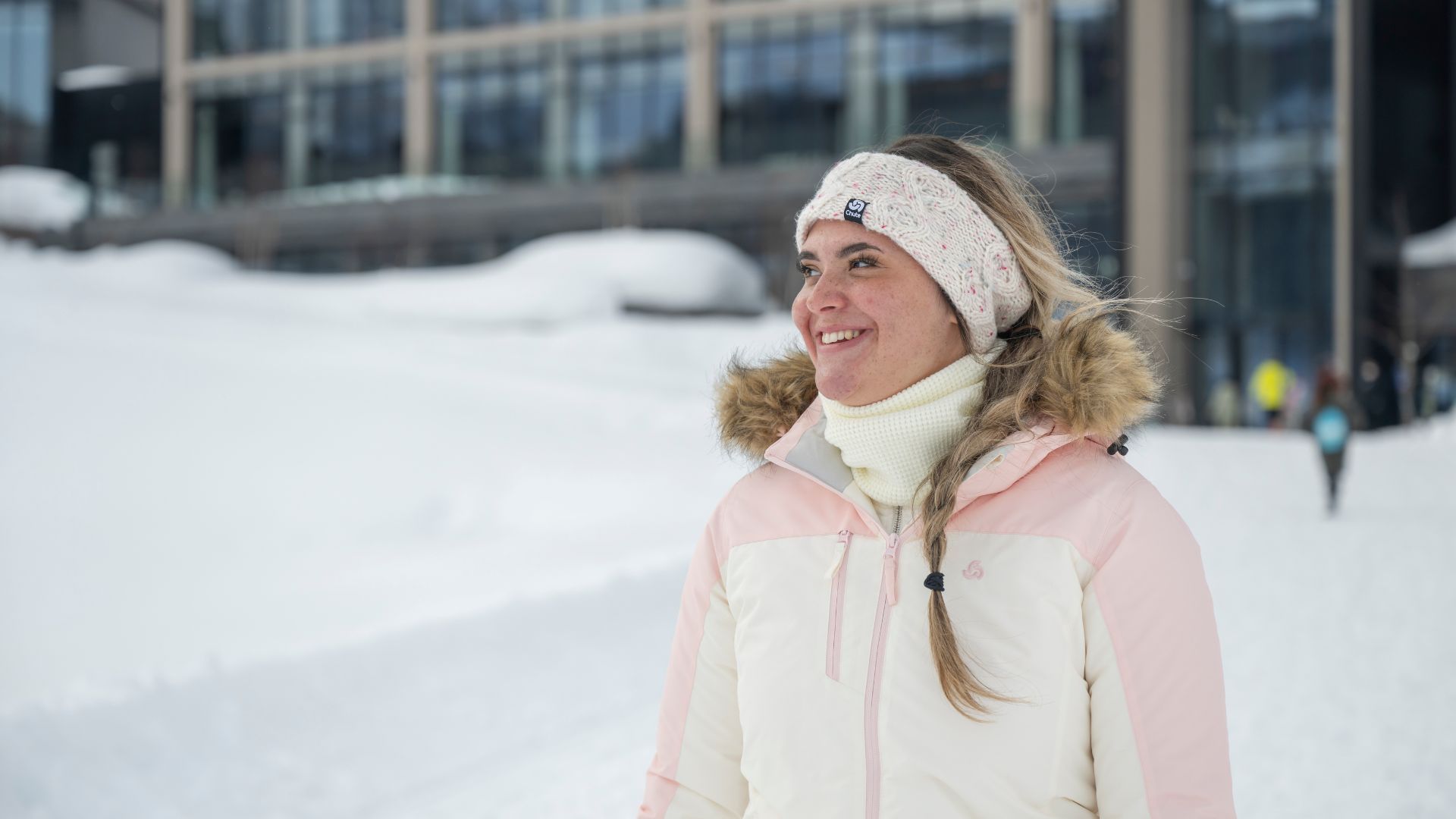
Can you get sunburn in the snow?
Yes, you can definitely get sunburnt in the snow. The main reason for this is because that snow is actually highly reflective of UV radiation. The result of this means that even during cloudy and cold days, any exposed skin that does not have efficient sun protection is at high risk of getting sunburnt.
Is the sun stronger in the snow?
Yes, the sun is stronger in the snow. As mentioned before, snow highly reflects UV radiation, in fact, did you know that fresh snow (also referred to as fresh powder) actually reflects more UV radiation than regular water? This is why is it absolutely crucial that you are always wearing good sun protection when hitting the slopes this winter.
Why is the sun so bright when it snows?
The reason as to why the sun is so bright when it snows is because of the aforementioned fact that snow reflects higher amounts of UV radiation than water. When fresh snow is already on the ground when it snows, that fresh powder is actually reflecting increased amounts of light to the sky and off of the clouds. This light bounces back to the surface, making everything appear much brighter.
Which sunscreen is best for snow?
When it comes to which sunscreen is best for the snow, there is no objective one true answer. What you should be considering is if the sunscreen you are using has an SPF (Sun Protection Factor) of at least 4, which is the minimum SPF rating required in Australia. Ideally, when heading to the snow you will want to use the highest rating which is SPF 50+.
Cover Up Your Skin
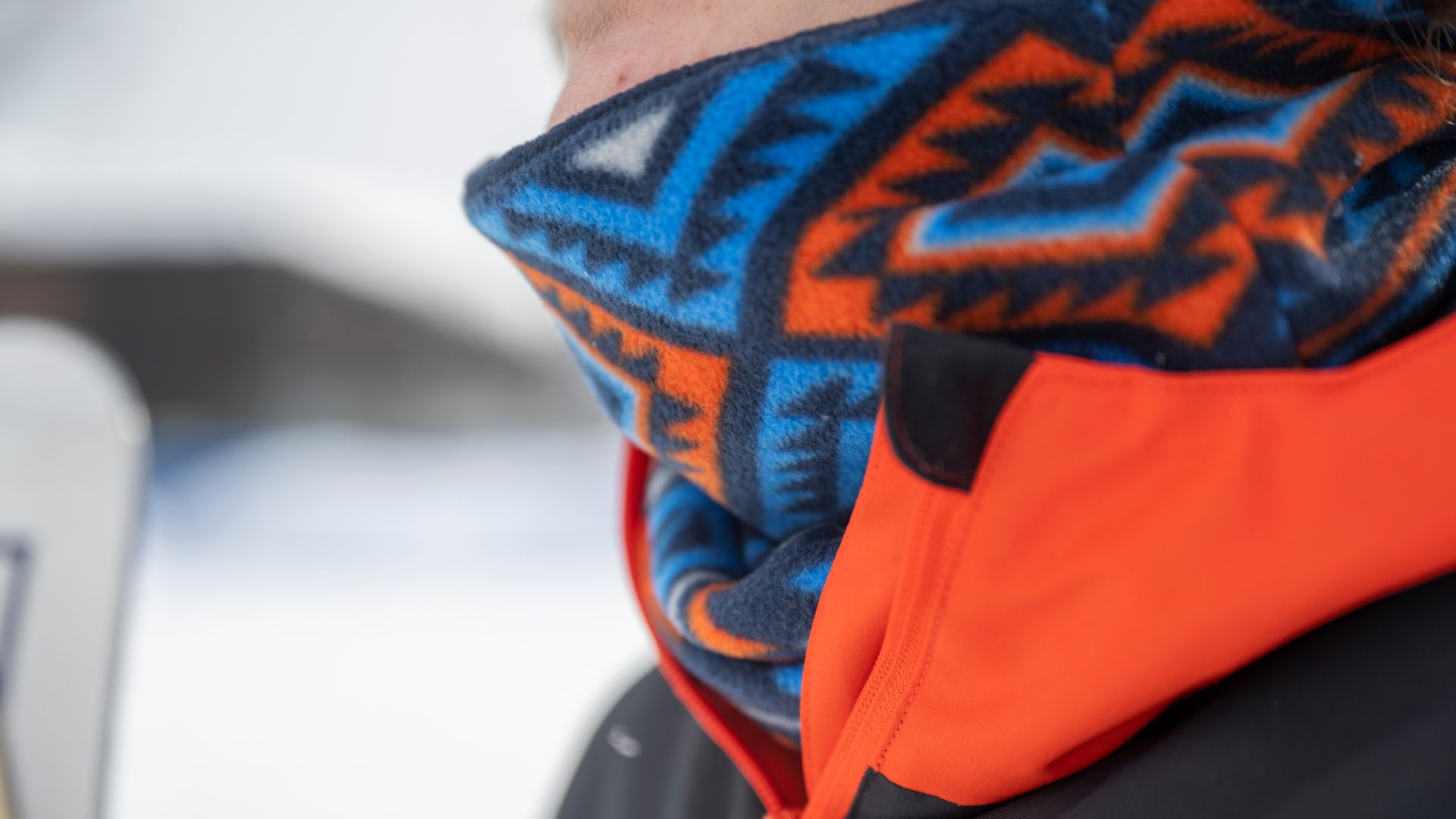
The first step to making sure that you and your loved ones and friends are fully protected from the snow is to wear the right type of snow clothing that will make sure that all of your exposed skin is completely covered up and protected. No doubt you'll be wearing the essential snow items to stay warm and dry, but don't forget to cover up the regularly forgotten areas like your head, neck and face. A snug beanie and thermal neckband will provide that added protection to the otherwise exposed areas.
Wear Sunscreen
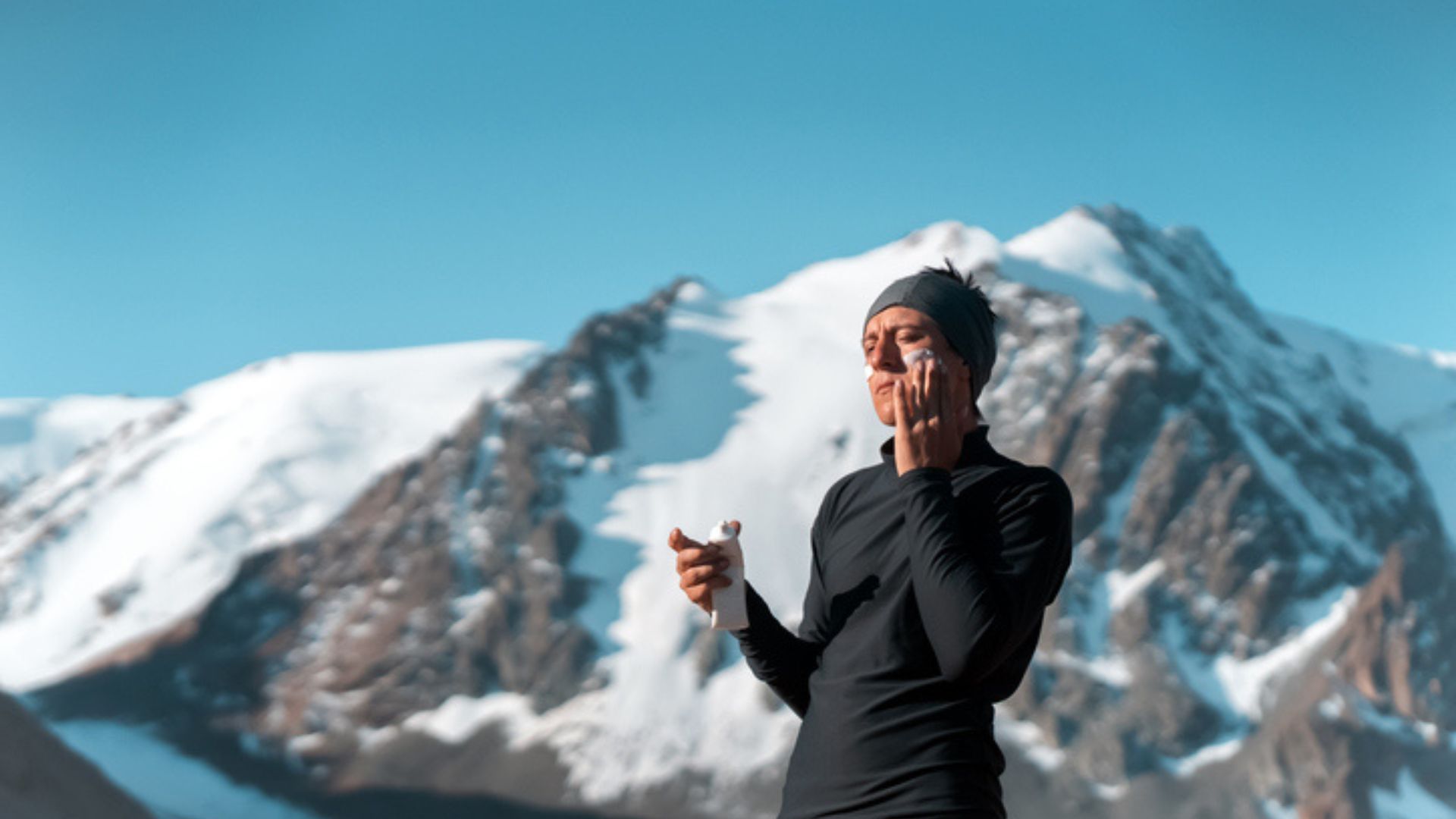
This goes without saying but you must always make sure that you are applying sunscreen (at least SPF 30+) to your exposed skin generously, and most importantly, frequently. When in a rush to hit the slopes, it can be tempting to skip this step, especially if you are not aware that the sun is actually more dangerous when it is a cloudy day at the top of the mountain! For this reason, it is always a great idea to carry a small tube of high-quality sunscreen in your snow jacket pocket to make it easier to reapply throughout the day - because the last thing you will want on your fun trip to the snow is to look like a tomato a the end of it.
Don't Forget The Lips
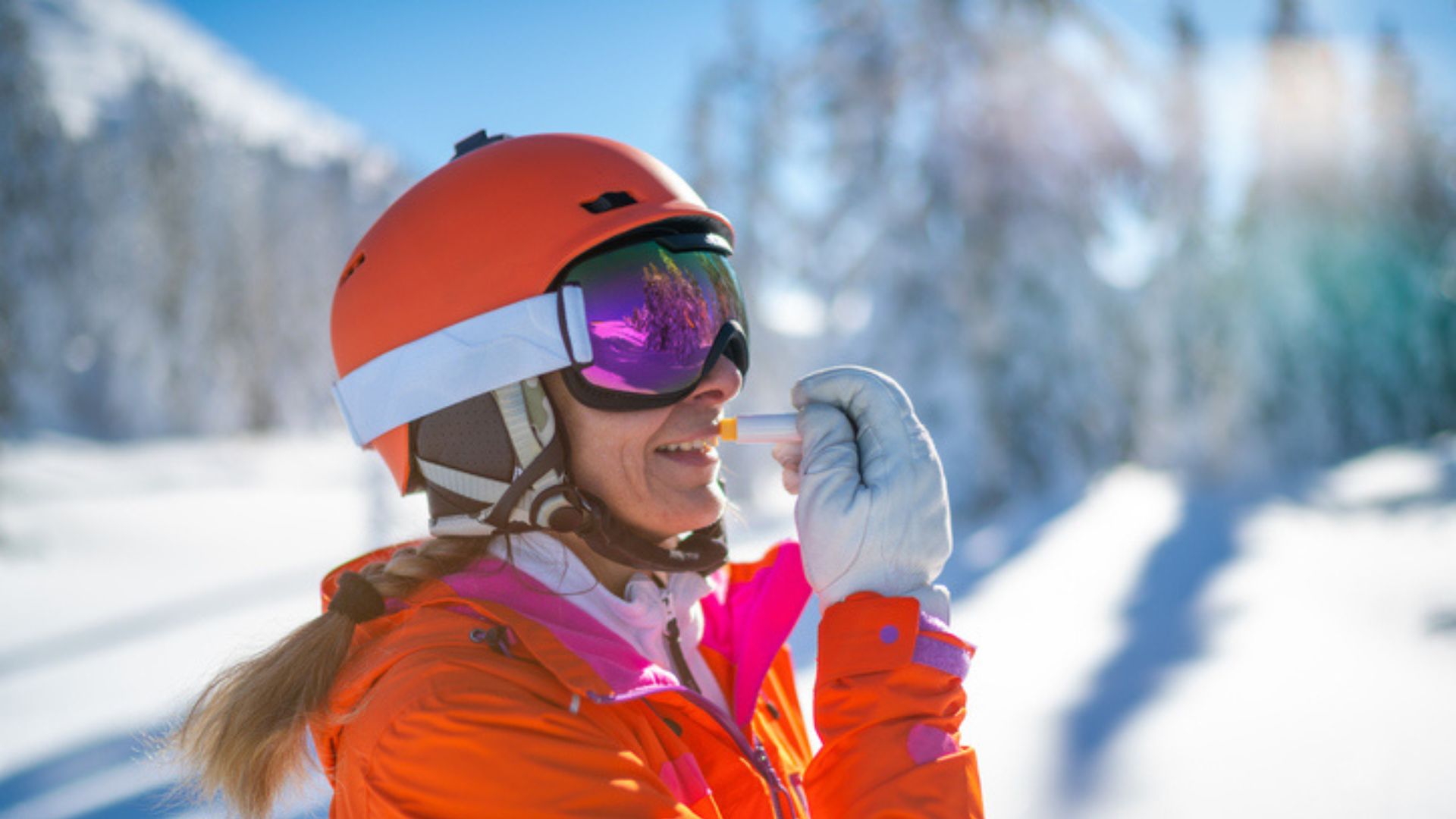
When visiting the snow, your lips are at risk of two main factors: the harsh UV radiation coming from the sun and the cold bitter wind. And this dangerous combination can be absolutely devastating to your lips if they are not properly protected. When applying your sunscreen, it is the perfect time to also apply some UV-protective lip balm too. Make sure to completely cover the entire surface area of your lips to make sure that no exposed areas remain. No one wants to head home from the snow with burnt, cracked lips.
Sunglasses & Ski Goggles
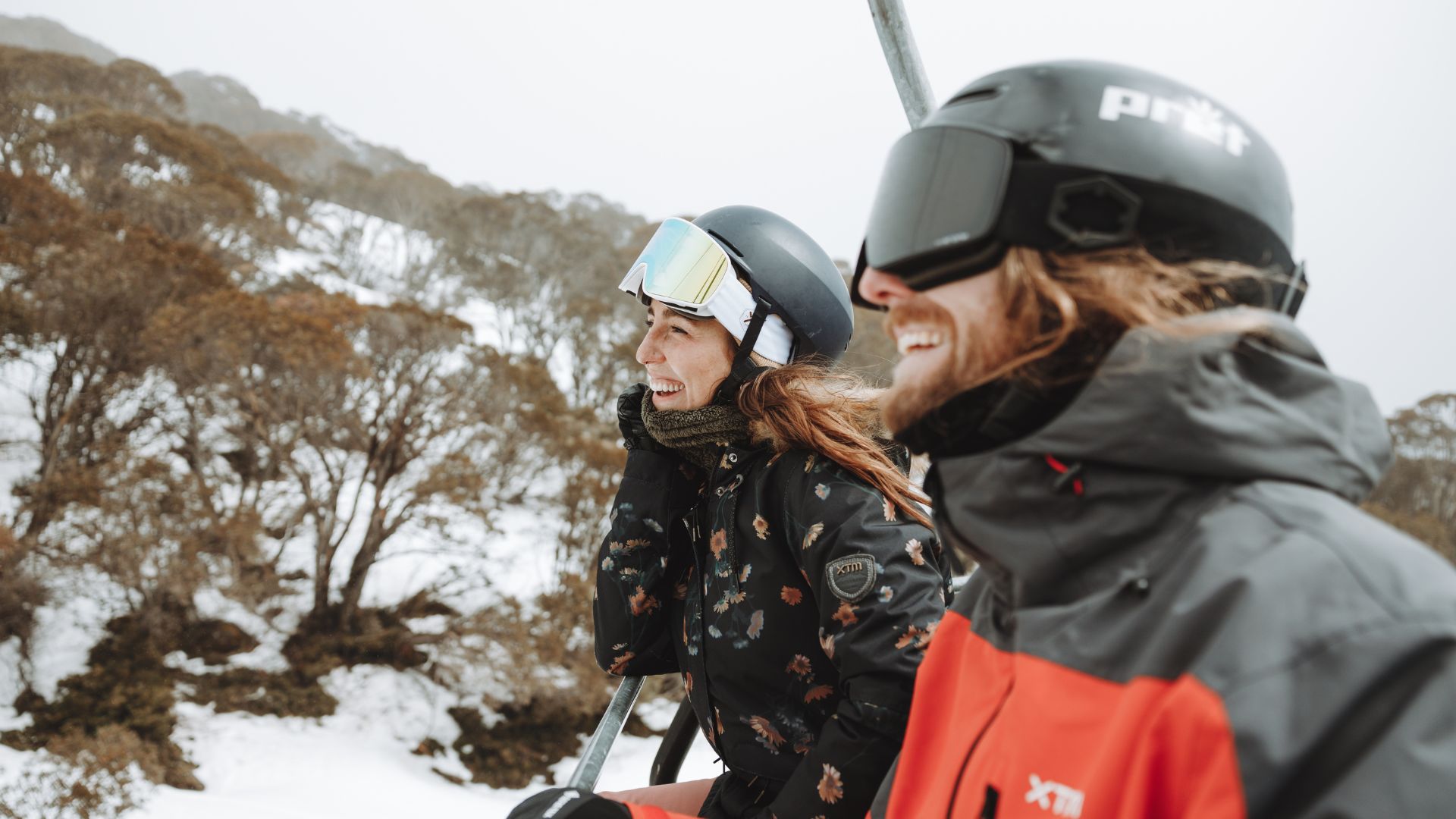
You know by now that snow reflects light more than water, but did you know that your eyes are also at risk? This is because of snow blindness, which is the photophobia and inflammation that is caused by exposure of the naked eye to the extreme ultraviolet rays that are reflected off of the ice or snow. Basically, without proper sunglasses or ski goggles, you will struggle to see anything - which isn't the best when you are hurtling down a mountain on a snowboard or pair of skis. Protect your eyes with wrap-around sunglasses that meet Australian standards for eye protection (AS 1067). Ski goggles with 100% UV protection are a more suitable alternative on the slopes.
Dangers Of Sunburn From The Snow
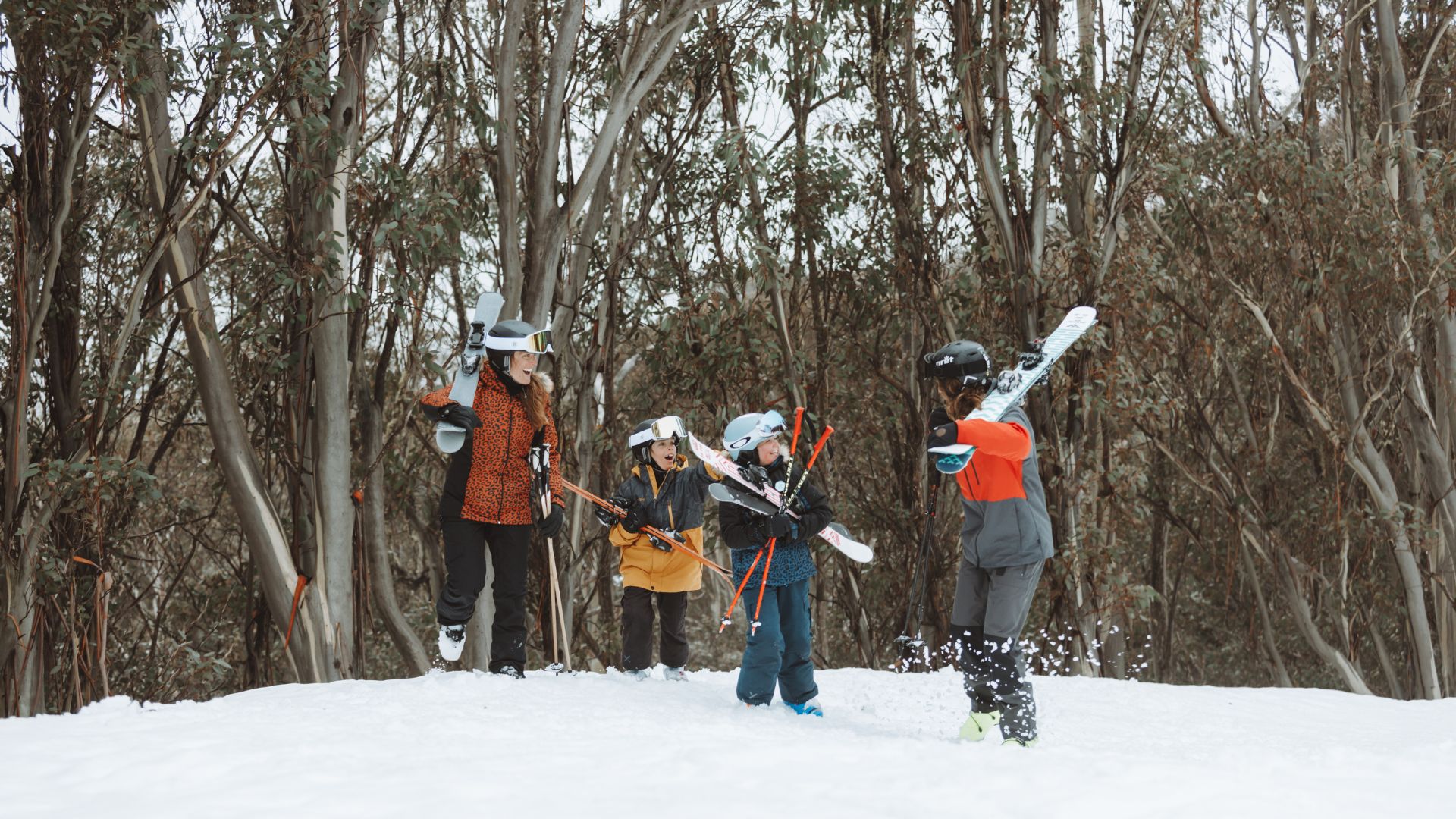
We have explained a few times now that snow reflects light much more efficiently than water, but to highlight just how much it is reflecting light, snow and ice can actually reflect up to 80% of ultraviolet light from the sun - and because of this, your chance of getting sunburnt are increased by at least double. This fact alone highlights the absolute importance of always making sure that you are fully protected from the sun when trekking up the mountain this winter. Always remember that ultraviolet rays can penetrate through elements such as clouds and fog, so never make the mistake of thinking that just because the sun isn't out and shining down that you will be safe.
Stay Sun Smart At The Snow Today
When it comes to visiting the snow for a fun weekend getaway, it is absolutely crucial that you take sun protection seriously, especially in the harsh climate of Australia. Make sure you check out our Adventure Centre for more exciting winter destinations that you can visit with your friends and family, such as:
- How To Snowboard: Everything You Need To Know
- Best Ski Resorts For Seeing The Snow In Victoria
- Where To Save & Splurge On Snow Gear
- Snow Gear Essentials Checklist
Find your local Anaconda store and check out our extensive snow range for your next outdoor adventure.